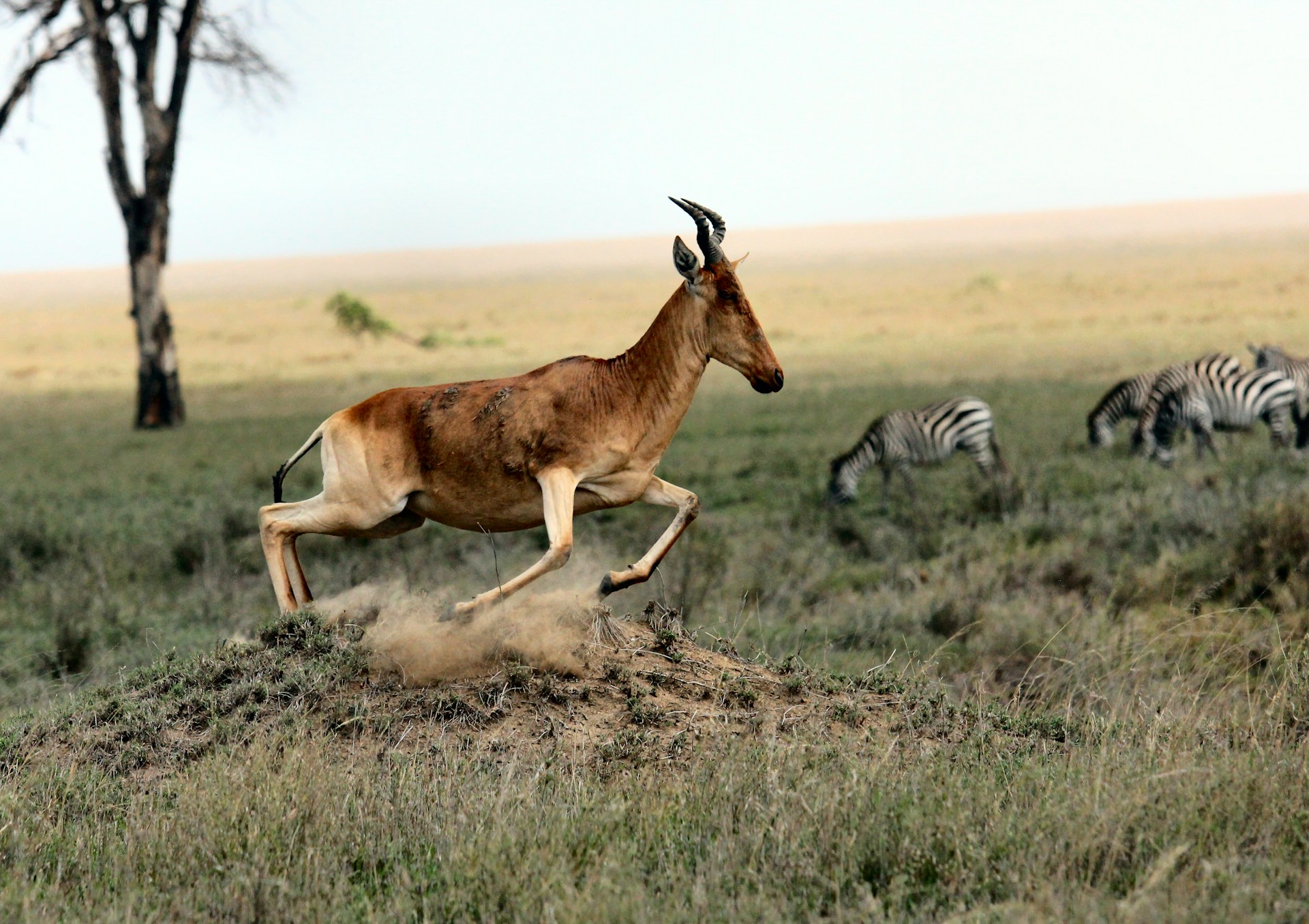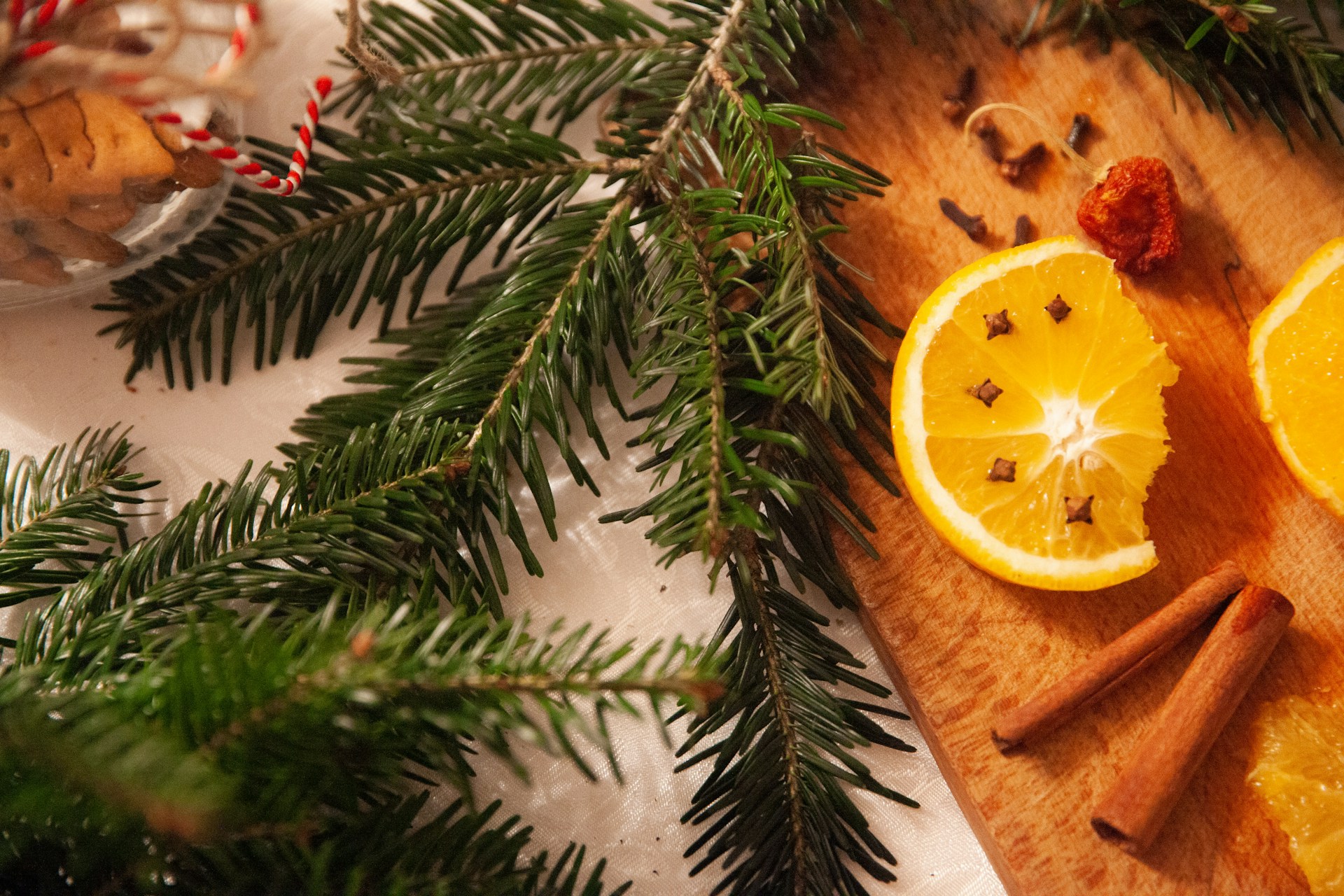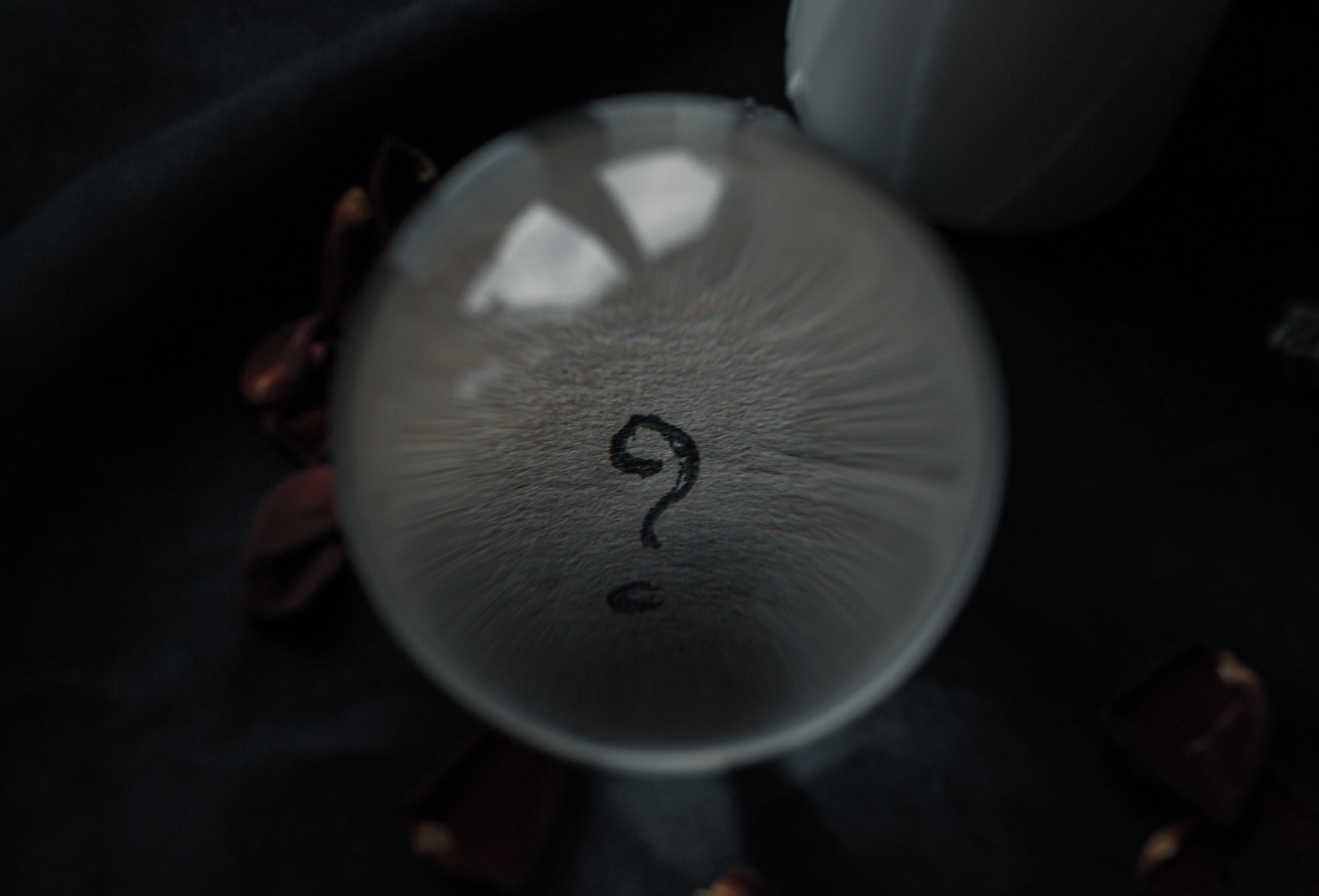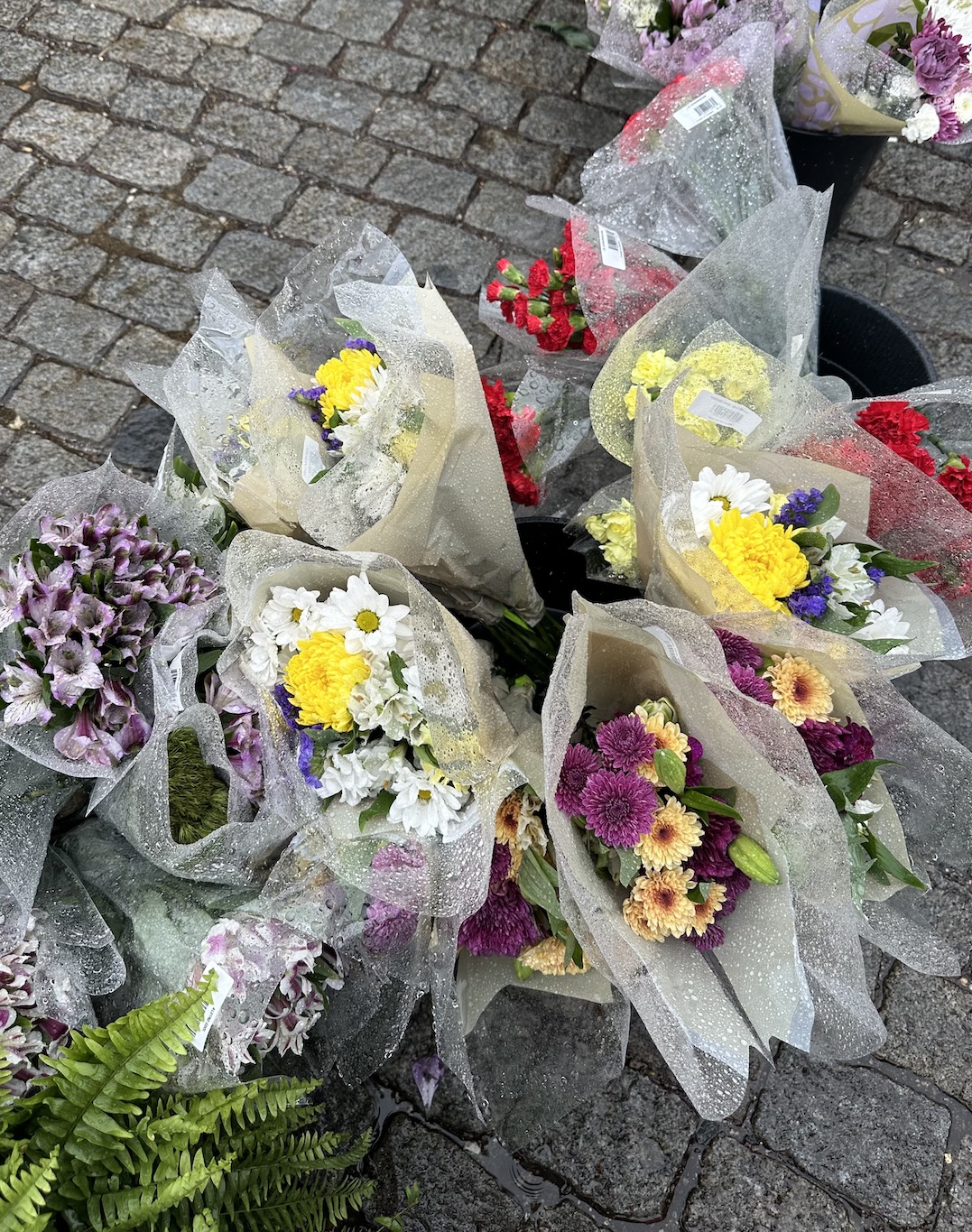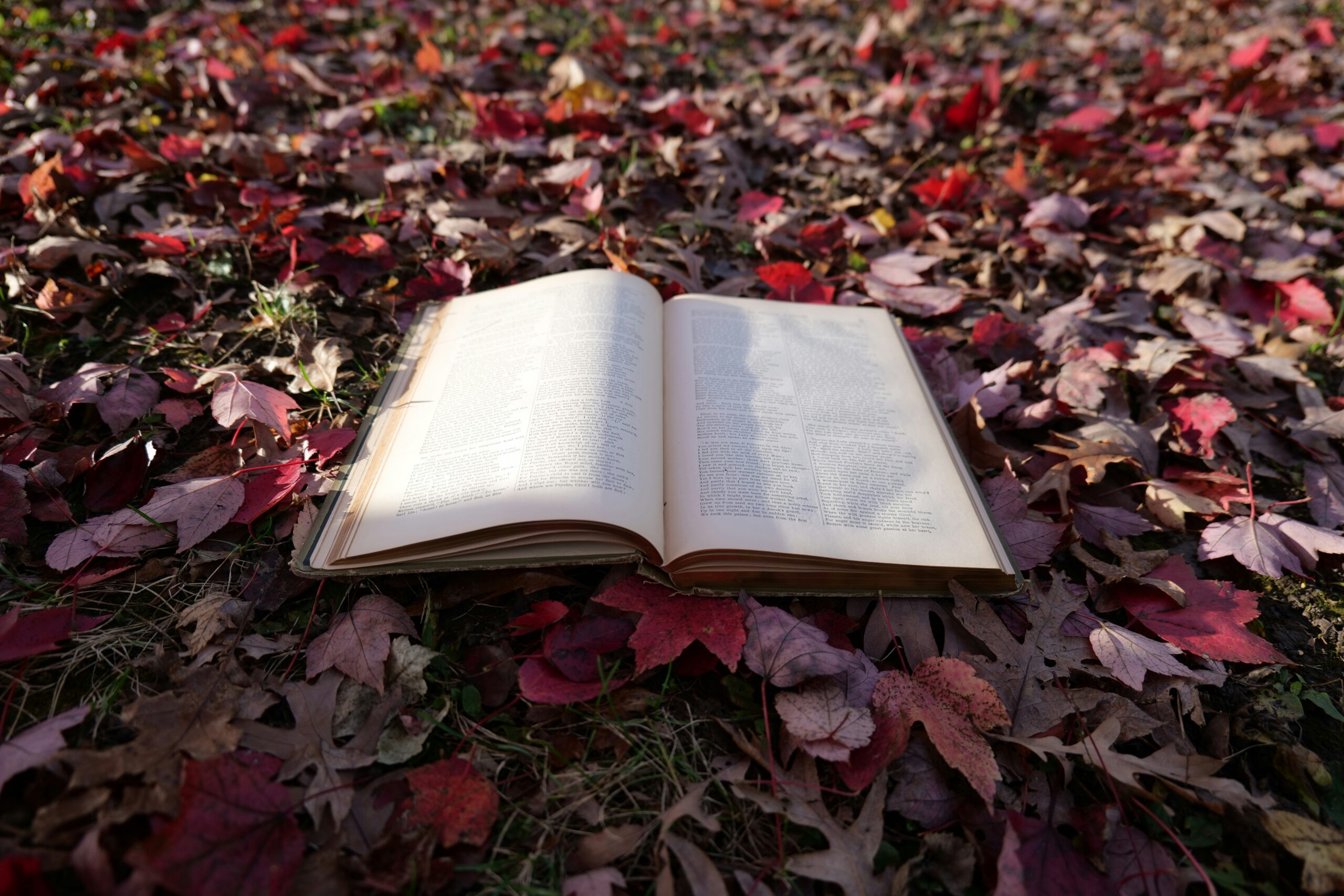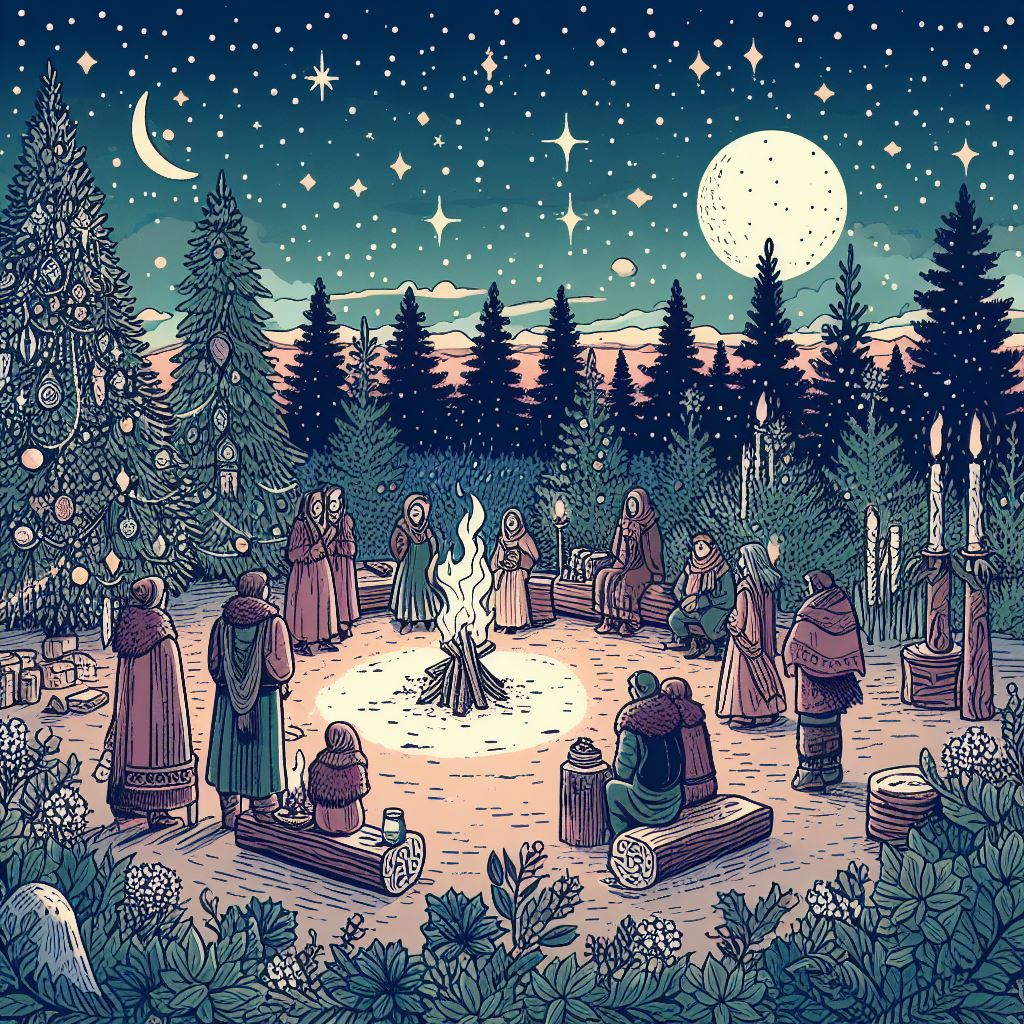Welcome back to Folklore Friday, where we dive deep into myths and tales that whisper from the past, bringing ancient stories into our modern world.
Today, we explore the hauntingly beautiful legend of the Swan Maidens. This tale of shapeshifting women, love, captivity, and freedom has fluttered through centuries, leaving feathers of meaning scattered across cultures.
Feathers, Freedom, and the Feminine Mystique
The Swan Maiden is a story type found in many folk traditions. It often falls under the category of “animal bride” tales, where a magical or non-human woman marries a human man. The story has roots in Northern European folklore but appears in Russian, Japanese, and even some African traditions. The central image is always the same: a woman who transforms into a swan (or sometimes another bird), shedding her feathers to become human.
Swans are deeply symbolic creatures. In many cultures, they represent purity, transformation, and the soul. Their elegance and seeming aloofness evoke both beauty and mystery. The Swan Maiden, then, becomes a figure who embodies the boundary between the wild and the domestic, the magical and the mundane.
The Swan Maiden Tale
There once was a hunter who wandered far from his village, deep into a part of the forest few dared to enter. As twilight settled and the trees whispered in the wind, he came upon a hidden lake, still and silver under the moon.
There, something extraordinary unfolded before his eyes. Three swans soared down from the sky and landed gently on the lake’s surface. With a shimmer of magic, they swam to the shore and stepped out of the water. Each bird shook its wings and, to his amazement, shed its feathers like a cloak. Before him stood three radiant maidens, their hair like starlight, their skin glowing with the light of the moon.
The maidens laughed and danced upon the grass, twirling with a grace that seemed not of this world. Mesmerized, the hunter watched from behind the trees, his heart pounding. When they laid their feather cloaks on the rocks, he crept closer and stole one, carefully choosing the cloak of the youngest.
As the night waned, the maidens returned to the shore to retrieve their feathers. Two found theirs and flew away in a flurry of white. The third searched desperately, her eyes wide with confusion. The hunter stepped out of hiding and approached her. He spoke gently, assuring her she would be safe, that he had fallen in love with her.
The maiden, unable to return to the sky, lowered her eyes and followed him. In time, they married and had children. The hunter was kind, and she cared for her family, but a quiet sorrow never left her. She would often wander outside at dusk, staring at the sky, listening for the beat of wings she could no longer join.
Though the hunter loved her, he kept her cloak hidden in a locked chest at the back of the house. He knew that if she found it, she would leave. His love was tinged with fear; a need to possess rather than to free.
Years passed, and the maiden grew quieter. One day, while playing, their youngest child discovered the chest and opened it. Inside was the soft bundle of feathers. The child, unaware of its meaning, carried it to their mother.
The Swan Maiden held it to her face and let out a sound that was neither joy nor sorrow, but something older than both. That night, she tucked her children into bed, kissed them tenderly, and walked to the edge of the forest. With tears in her eyes, she wrapped herself in the cloak, raised her arms, and vanished into the moonlit sky.
She never returned.
The Call of the Wild Within
The tale of the Swan Maidens carries layers of meaning, especially when viewed through a modern lens. At its heart, it is a story about autonomy, longing, and the cost of captivity. The Swan Maiden is not simply a magical creature. She represents the wild self, the part of us that resists being tamed, even by love.
Some read this story as a reflection of how women, in many cultures, are expected to give up their identities when entering domestic life. The feathered cloak is not just a magical object. It is her autonomy, her history, her freedom. When it is taken, so is her agency. The Swan Maiden becomes a symbol of what is lost when we are asked to fit into roles that are not truly ours.
Yet the tale also offers a kind of hope. The Swan Maiden remembers who she is. Even after years of being grounded, the return of her cloak awakens something within her. She does not forget. And when the time comes, she chooses herself, even if it means heartbreak.
For anyone doing shadow work or exploring ancestral stories, this myth invites a powerful question: What part of yourself has been hidden away? What feathers are you longing to reclaim?
Reclaiming Our Feathers
The legend of the Swan Maidens is more than a fairy tale. It’s a reflection of the tension between love and freedom, the domestic and the wild, the seen and the unseen. It speaks to the longing within many of us to return to a more instinctual, magical part of ourselves… the part that dances under the moonlight and remembers how to fly.
Next time you see a swan glide across the water, remember the maidens of the forest lake. Remember the power of reclaiming your feathers.
Until next week, stay curious, stay wild.


